Regeneration in animals is a fascinating survival strategy that allows them to recover lost or damaged body parts. This incredible ability not only helps them escape predators but also keeps them alive in harsh environments. In this article, we explore 10 remarkable animals known for their regenerative powers and explain why and how they can regenerate limbs, organs, or even entire bodies.
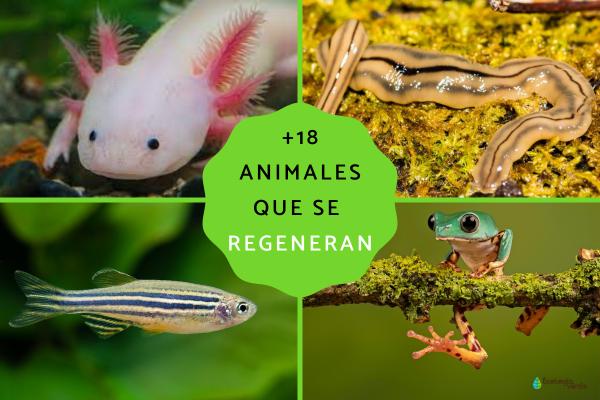
All living organisms have the ability to regenerate cells to repair tissues, but some animals take this to an extraordinary level by regenerating entire limbs or organs. This evolutionary advantage helps them survive predator attacks and environmental injuries. Regeneration involves complex cellular processes, including cell proliferation, differentiation, and tissue remodeling.
The Mexican axolotl is a critically endangered aquatic amphibian with the extraordinary ability to regenerate any part of its body—including limbs, nervous system, eyes, jaws, teeth, and even its heart. Its regeneration process is rapid, often completing within weeks, making it a key model in regenerative medicine research.

Many lizard species can autotomize (self-amputate) their tails to escape predators. The lost tail regenerates over time but differs in color, texture, and length from the original. This process, known as caudal autotomy, occurs as a stress response.

Starfish can regenerate lost arms, and some species like Linckia guildingii can reproduce asexually by growing a new starfish from a single detached arm within about 32 days, demonstrating remarkable regenerative abilities among echinoderms.
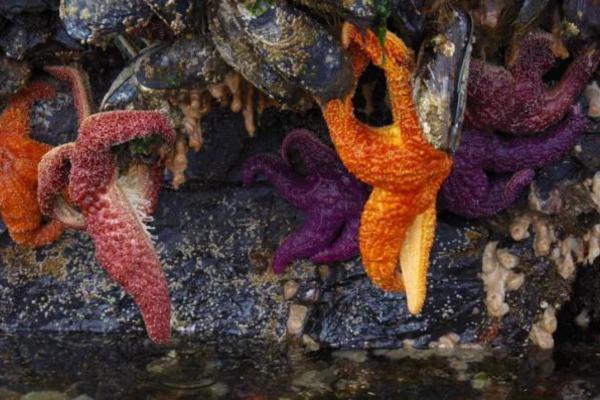
Planarians are flatworms with extraordinary regenerative capabilities. When cut into pieces, each piece can grow into a fully functional new individual. This is due to abundant pluripotent stem cells called neoblasts.
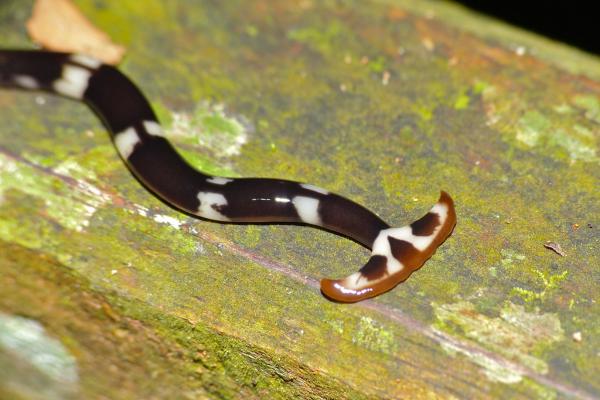
Zebrafish can regenerate parts of their fins and heart tissue. Their regeneration involves epimorphosis, where cells near the injury site dedifferentiate and then proliferate to rebuild lost tissues, making zebrafish an ideal model for regenerative studies.
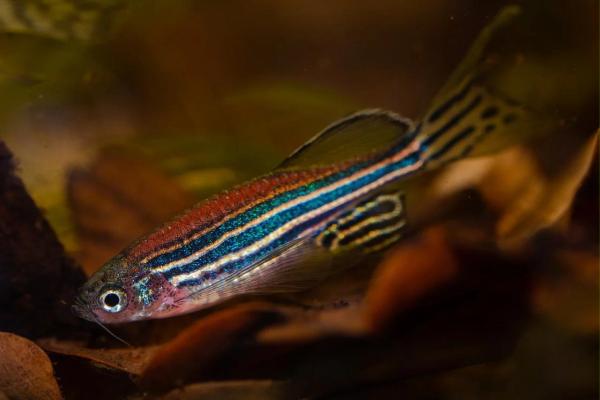
Young stages of African clawed frogs (larvae and tadpoles) can regenerate limbs similarly to axolotls. However, this ability diminishes as they mature into adults.
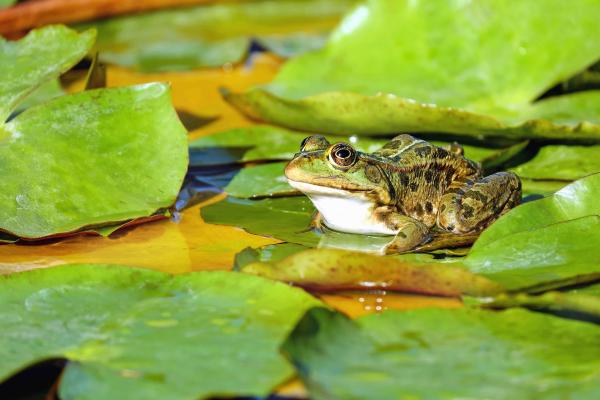
Some sea slugs exhibit head autotomy and can regrow their bodies from severed heads within about 20 days. This unusual ability may be fueled by chloroplasts they retain from algae, which provide energy during regeneration.
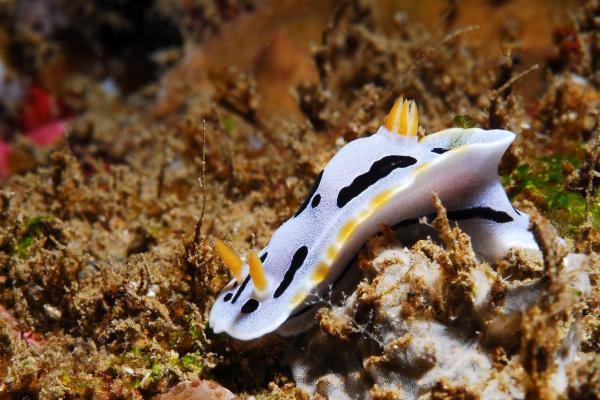
Humans have limited regenerative abilities compared to these animals but can regenerate liver tissue remarkably well, even if up to half the liver is lost. This regenerative trait has medical implications, especially in liver transplantation.
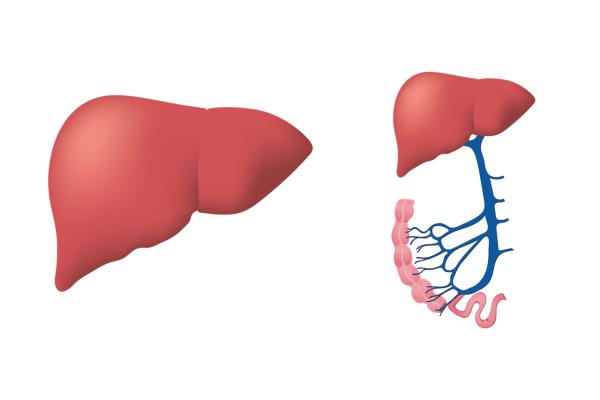
Hydras can regenerate their entire body from small fragments and even rebuild their nervous system from existing cells throughout their lifespan, a process known as morphallaxis.
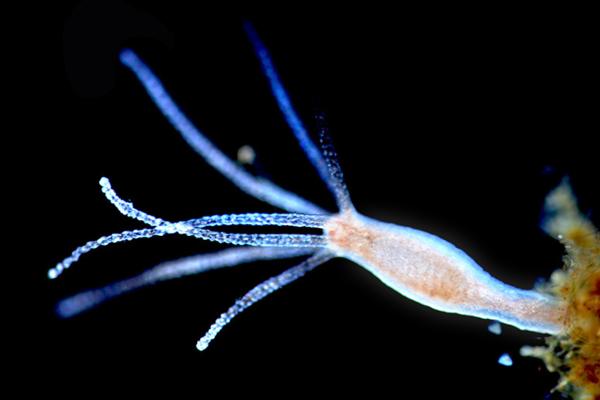
Arthropods—including insects, crustaceans, and spiders—regenerate lost limbs during molting cycles. It may take multiple molts to fully restore missing appendages.
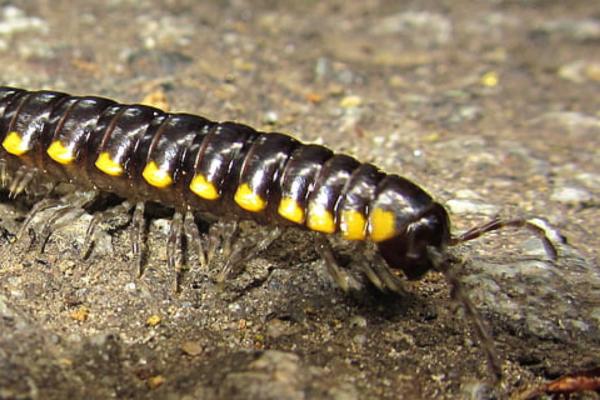
Northwest Four-lined Skink (Plestiodon tetragrammus)
Senegal Bichir (Polypterus senegalus)
Newts (Triturus spp.)
Crinoids (Class Crinoidea)
Brittle Stars (Class Ophiuroidea)
Crabs (Order Decapoda)
Snails (Order Pulmonata)
Salamanders (Salamandra spp.)
Regeneration is an incredible natural adaptation that offers insights into survival and biological healing. For more fascinating stories about animals with extraordinary abilities, explore our Wild Animals category.
Bibliography
Aguirre, C. M. G., Delfín-Alfonso, C. A., & Argoytia, L. L. (2018). Cell regeneration: a second chance at life. Ecofronteras, 30-33.
Jiménez, I. C., Negrete, J. O., & Salazar, C. G. S. (2020). Ambystoma mexicanum, an extraordinary animal model for studying regenerative capacity. Revista Fesahancccal, 6(2), 13-19.
Cortés Rivera, Y., Hernández, R. I., San Martín del Angel, P., Zarza Meza, E., & Cuervo González, R. (2016). Regenerative potential of the starfish Linckia guildinguii. Hidrobiológica, 26(1), 103-108.
Barcat, J. A. (2021). Extreme autotomy and animal regeneration. Medicina (Buenos Aires), 81(3), 452-453.
animal tags: Regenerate Animals
We created this article in conjunction with AI technology, then made sure it was fact-checked and edited by a Animals Top editor.